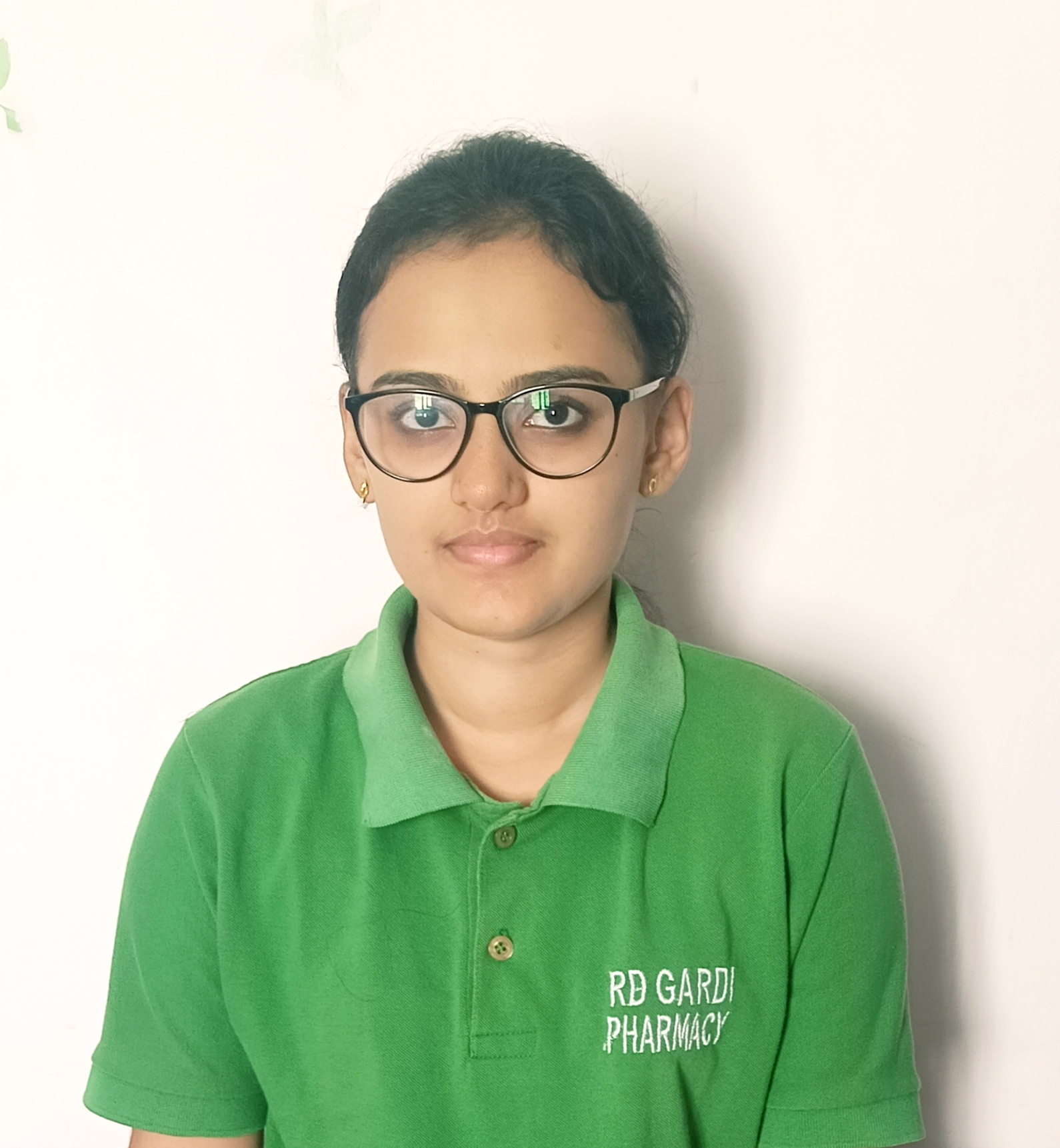Abstract
Around 6–8,000 individuals worldwide pass away every year as a result of taking pills erroneously. Patients may suffer injury from improper medicine usage, such as taking the incorrect drug or dose. In this overview a significant use of artificial intelligence (AI) for pill identification is discussed. Convolutional Neural Network (CNN)-based technique for automatically identifying a pill from a single picture OR Minimal Data (Color, Shape, Imprint). Using AI technology such as SIFT (Scale Invariant Feature Transform) and MLBP (Multi-scale Local Binary Pattern) descriptors, feature vectors that represent the imprint on the pill are created. Applications that facilitate medication reconciliation are increasingly essential than ever because of the substantial development in the prescribing and utilization of drugs. Pill identification demonstrate a deep-learning application that can assist in reducing errors that can be prevented and the danger they pose, such as accurately identifying prescription medications, a process that is currently time-consuming and prone to mistakes some of the examples are Pillbox, Drugs.com, Medscape, Help Me Pills, NIH(national institute of health), NLM(national library of medicine)Pill Image Recognition Challenge dataset to show how to identify prescription pills from smartphone photographs and the specification of the prototype, the computer vision algorithm used to extract pill features such form, size, and colors, as well as the decision tree that was employed to provide a rapid and accurate manner of pill identification.
Keywords
Pill Identifier, Pillbox, Drugs.com, MedScape, HelpMePills, Pill Identification Tool, CNN


 Nidhi Joshi *
Nidhi Joshi *
 Kajal Pradhan
Kajal Pradhan
 10.5281/zenodo.10613648
10.5281/zenodo.10613648